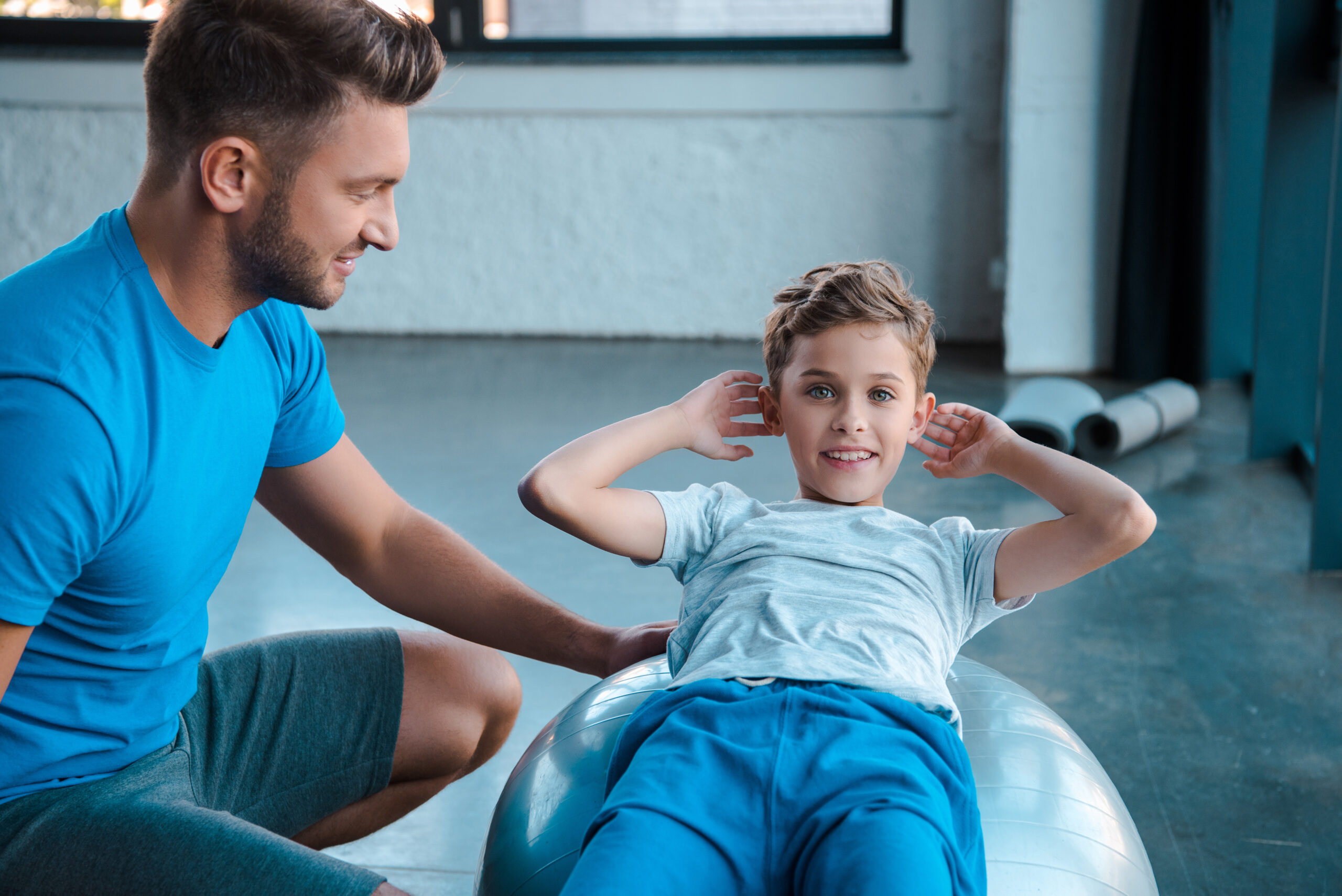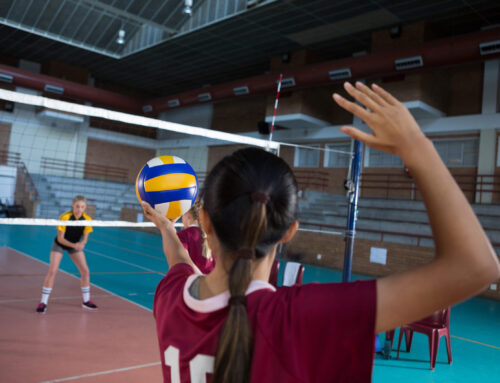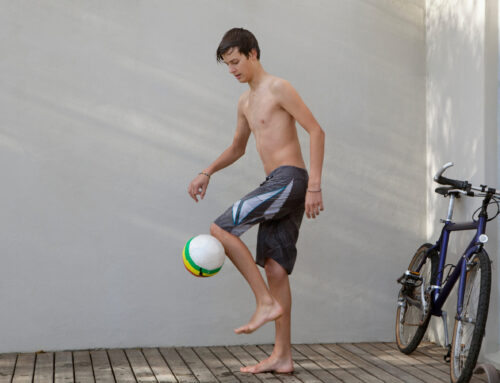As parents, we strive to provide the best for our children, and that includes ensuring they lead a healthy and active lifestyle. Engaging in regular physical activity is crucial for a child’s overall well-being, helping them develop strong bones, muscles, and a positive mindset. However, with the multitude of exercise options available, it can be challenging to determine which workout is best suited for our young ones. In this blog post, we will explore various exercises and shed light on the best workouts for kids, keeping in mind their developmental needs, interests, and safety considerations.
- The Importance of Physical Activity for Kids: Before delving into specific workouts, it is essential to understand the significance of physical activity for children. Regular exercise offers numerous benefits, such as:
a) Promoting healthy growth and development: Physical activity aids in building strong bones, muscles, and joints while improving balance and coordination.
b) Enhancing cognitive function: Exercise boosts brain function, memory, and concentration, leading to improved academic performance.
c) Fostering social and emotional skills: Participating in sports or group activities encourages teamwork, cooperation, and the development of important social skills.
d) Boosting self-confidence and body image: Active kids often feel more confident in their abilities and develop a positive body image.
- Age-Appropriate Workouts: The most suitable workout for a child depends on their age and developmental stage. Here are some age-specific exercise suggestions:
a) Preschoolers (3-5 years):
- Free play: Encourage unstructured playtime that includes running, jumping, crawling, and climbing.
- Dance: Engage in simple dance routines or creative movement sessions.
- Gymnastics: Basic tumbling exercises, balance activities, and low-level gymnastic routines can be enjoyable for this age group.
b) Elementary schoolers (6-10 years):
- Team sports: Soccer, basketball, baseball, or martial arts help improve coordination, teamwork, and discipline.
- Swimming: A low-impact, full-body workout that strengthens muscles and promotes cardiovascular health.
- Cycling: Riding a bicycle can be an exciting way to enhance endurance and leg strength.
c) Tweens and teens (11-17 years):
- Aerobic exercises: Engage in activities like running, jogging, or biking to improve cardiovascular fitness.
- Strength training: Use age-appropriate weights or resistance bands to develop muscle strength.
- Yoga and Pilates: Help improve flexibility, balance, and core strength.
- Factors to Consider: When choosing the right workout for your child, keep the following factors in mind:
a) Interests and preferences: Encourage activities that align with your child’s interests to enhance motivation and enjoyment.
b) Safety: Ensure the chosen exercise is age-appropriate and performed under adult supervision. Proper warm-up, cool-down, and equipment safety are crucial.
c) Balance and variety: Encourage a diverse range of activities to prevent overuse injuries and maintain interest.
d) Physical and mental capabilities: Respect your child’s individual abilities, and encourage them to progress gradually while challenging themselves.
- Creating a Healthy Lifestyle: Remember, physical activity should be complemented by other healthy habits:
a) Balanced nutrition: Provide a nutritious diet rich in fruits, vegetables, whole grains, and lean proteins to support growth and energy levels.
b) Adequate rest and sleep: Ensure your child gets enough sleep for optimal physical and mental recovery.
c) Screen time moderation: Limit sedentary activities like watching TV or playing video games to encourage active engagement.
d) Positive reinforcement: Encourage and support your child’s efforts, focusing on the enjoyment of the activity rather than competition or performance.
Finding the best workout for kids involves considering their age




